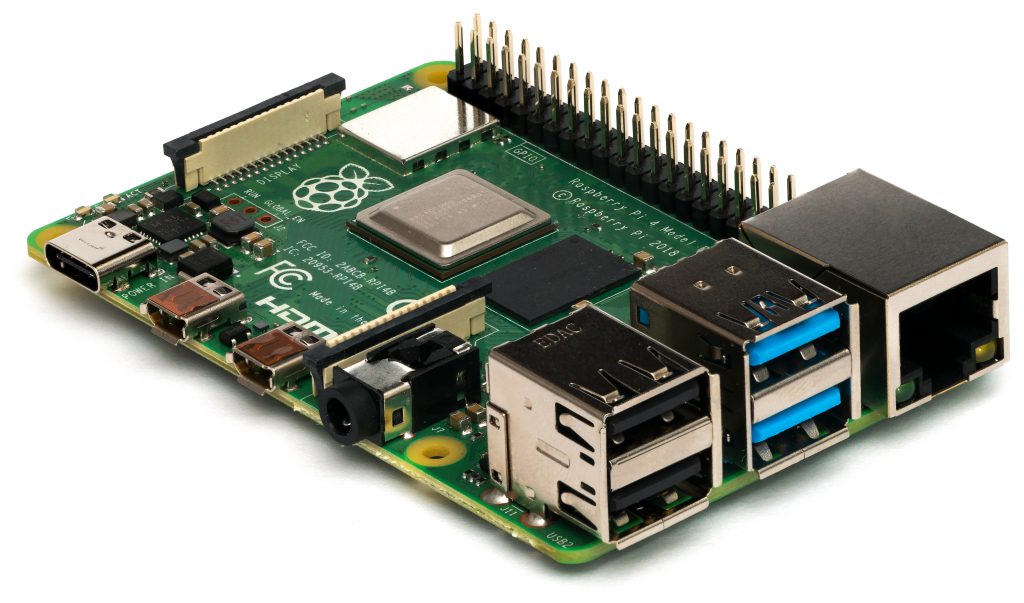
By Laserlicht / Wikimedia Commons, CC BY-SA 4.0
I wanted to buy myself a toy for Christmas. But, what to get? After much pondering I decided on that adorable little computer — the Raspberry Pi4.
It took quite a while to find a supplier who still had it in stock since I was looking just three days before Christmas. They promised delivery on December 29 but actually delivered it on Christmas eve!
I originally wanted to see if I could make some of the projects involving breadboards, wiring and the GPIO. Before I made that additional investment, I wanted to see if I could set up the Magic Mirror, not as a mirror but simply as a display on a monitor. Baby steps.
I should have bought the breadboards and wires. The programming for the Magic Mirror is not as straightforward as the numerous YouTube videos would have you believe. I got the basic weather, compliments, holiday calendar display pretty easily. I moved on to displaying my Google calendar. After many, many frustrating hours, I have given up for now.
I realized that I need to study the basics of Linux so that I can understand how to implement the directions for the Magic Mirror modules.
